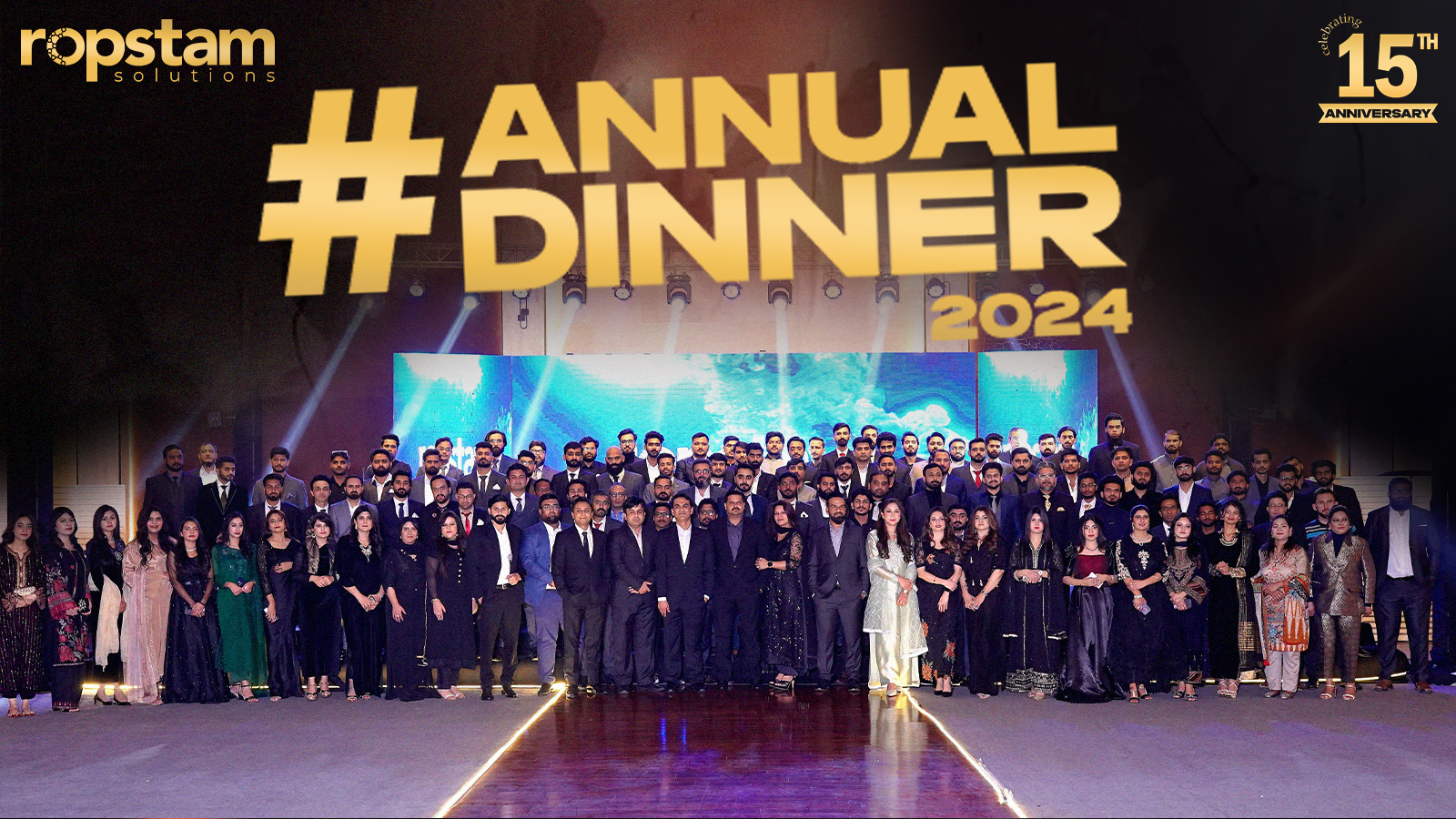In the ever-evolving world of software development, automation has become a strategic game-changer. It enhances productivity and assures higher quality and faster delivery. One area that has gained immense traction is automation testing. IT process automation and adopting automated technologies will result in substantial advantages for businesses that embrace them. As companies push for more rapid release cycles and better software quality, automation testing has emerged as a key enabler.
This guide will investigate the strategic importance of automation testing trends for 2025 and beyond. These trends reflect the changing landscape and offer a strategic approach to maintaining competitiveness in today’s fast-paced market.
What is Automation Testing
Automation testing involves using specialized software tools and scripts to perform testing activities that would otherwise be done manually. Its primary goal is to increase the software testing process’s efficiency, effectiveness, and coverage. Automation involves automating repetitive tasks such as regression, functional, and load testing, allowing teams to run more tests in less time with greater accuracy.
Unlike manual testing, where human testers execute test cases, automation testing relies on predefined scripts to manage test scenarios for software applications. This speeds up the testing cycle and reduces the risk of human errors. Automation testing has become indispensable for modern software development processes, and continuous integration (CI) and continuous delivery (CD) have become the norm.
Automation Testing Trends To Watch Out For in 2025
Here are some testing trends to watch out for as we enter 2025:
1. Shift-Left and Shift-Right Testing
The Shift-Left and Shift-Right approaches are two critical trends reshaping automation testing.
- Shift-Left Testing involves testing earlier in the development lifecycle, even during the design phase. This helps identify defects early, reduce costs, and improve the quality of the product before it reaches production.
- Shift-Right Testing focuses on testing after deployment, especially during production. By running tests in live environments, teams can better understand how the software performs in real-world conditions.
In the near future, companies will increasingly integrate these two approaches into their CI/CD pipelines, enabling continuous testing throughout the entire software lifecycle. This dual approach guarantees a proactive approach to quality while maintaining flexibility in handling post-deployment challenges.
2. Ensuring Software Security
With the escalating cyber threats, security testing has become a non-negotiable aspect of automation. Automation tools are increasingly being leveraged to scan for vulnerabilities and guarantee that security is smoothly integrated into every stage of the software development process.
Expect automation tools to have built-in security testing capabilities, including automated security scans for vulnerabilities like SQL injection, cross-site scripting (XSS), and other common exploits. This proactive approach to security testing will be crucial as businesses prioritize data privacy and compliance
3. No Code Test Automation
One of the most compelling trends is the ascent of no-code test automation platforms. These tools empower non-technical stakeholders like business analysts or product owners to design and execute tests without coding. Their intuitive drag-and-drop interface simplifies creating and managing automated tests.
4. User-First Testing Approach
A user-first testing approach, which focuses on the end-user experience, is gaining momentum. In this model, testing guarantees that the software behaves in a way that aligns with user expectations, functionality, and usability. As user experience (UX) continues to be a major differentiator in the market, this approach is gaining momentum and will make your audience feel more customer-centric and empathetic.
5. IoT-Based Testing
The Internet of Things (IoT) has ushered in a new era of connected devices, from smart homes to industrial equipment. As the complexity and scale of these devices grow, automation testing for IoT applications is becoming more critical.
6. Combination of Manual and Automation Testing
While automation is essential for repetitive and time-consuming tasks, manual testing still plays a vital role, especially in exploratory testing, usability testing, and complex user scenarios. In 2025, we will see a more hybrid approach, where manual and automation testing work hand-in-hand.
Automation tools will provide detailed insights into the tests that require manual intervention, while testers will provide feedback on the automated test cases to continuously improve the automation process. This combination will guarantee comprehensive test coverage and higher quality.
7. Performance Engineering
Performance testing guarantees an application can handle the expected load and perform well under stress. Performance engineering is gaining more attention as the demand for high-performing applications grows.
2025 performance engineering will be fully integrated into the automation testing lifecycle. Automation tools will simulate high traffic, stress conditions, and scalability testing across different environments. These tools will help identify bottlenecks, latency issues, and other performance-related concerns, enabling teams to optimize the application before it goes into production.
8. Role of AI in Automation Testing
Artificial Intelligence (AI) is transforming almost every industry, and automation testing is no exception. AI-powered tools can analyze code and predict potential failures, generate test cases, and even prioritize tests based on risk analysis. These capabilities reduce manual effort and increase testing accuracy. In 2025, AI will become an integral part of automation testing tools, ushering in an era of exciting possibilities and smarter decision-making.
9. Responsible Testing
Responsible testing is gaining traction as ethical considerations continue to play an essential role in software development. This involves testing with an emphasis on privacy, inclusivity, and accessibility. Automation testing will evolve to ensure software meets accessibility standards and adheres to privacy regulations such as GDPR.
In 2025, automation tools will include features that allow testers to validate compliance with privacy laws, check for accessibility issues, and ensure that the software meets ethical standards. Responsible testing will be a cornerstone of quality assurance.
10. Testing within CI/CD Workflows
In the modern software development lifecycle, Continuous Integration (CI) and Continuous Delivery (CD) are the pillars of rapid software delivery. Automation testing will become even more tightly integrated into these workflows, enabling teams to run tests every time new code is pushed or changes are made.
Summary
Automation testing is evolving rapidly, with new trends shaping the future of software quality assurance. 2025, organizations will need to adapt to these trends to stay competitive. From shift-left and shift-right testing to AI-driven automation, the landscape is changing. By integrating no-code testing, focusing on user-first approaches, and embracing manual and automated testing, teams can ensure higher-quality software that meets both business goals and user expectations. Emphasizing performance engineering, security, and ethical testing will also become non-negotiable. Those who can effectively incorporate these automation testing trends into their development process will be well-positioned for success in an increasingly fast-paced and complex software ecosystem.














